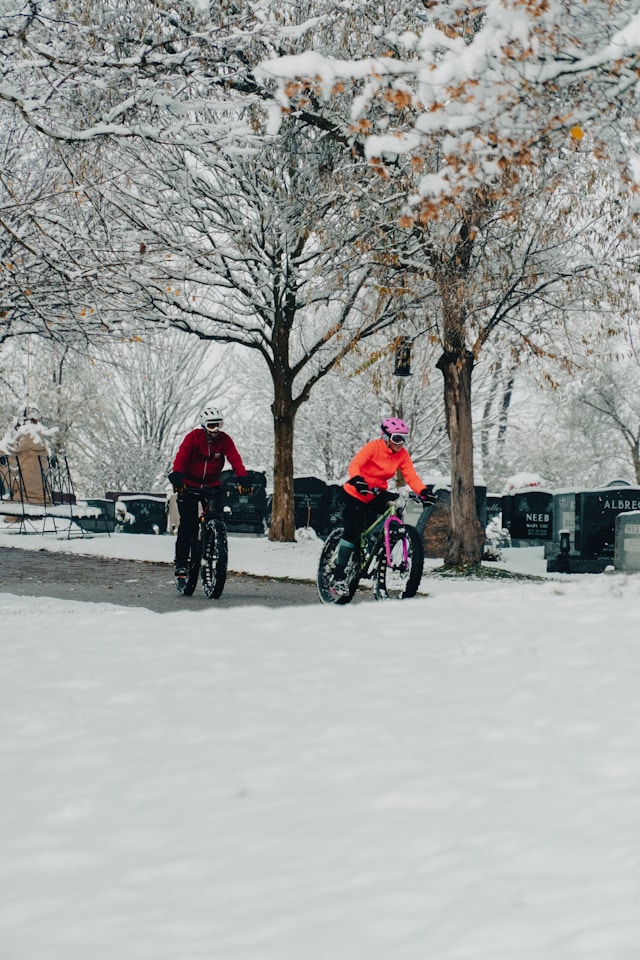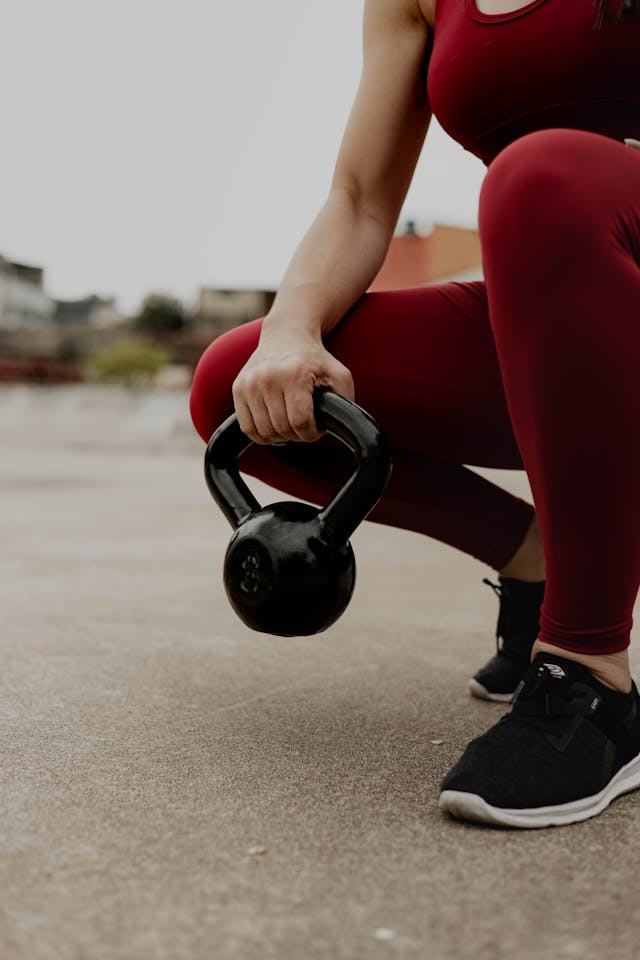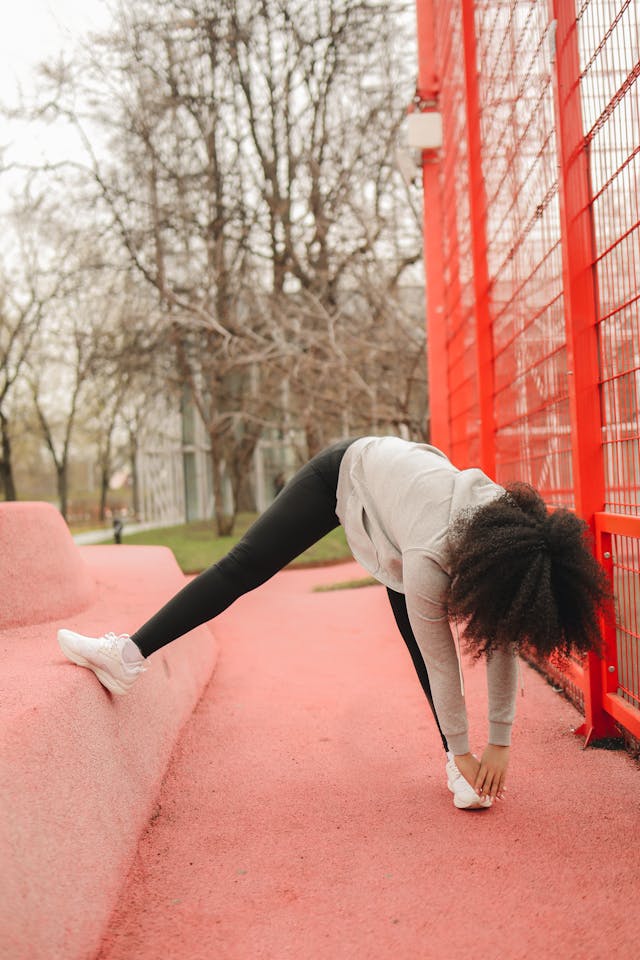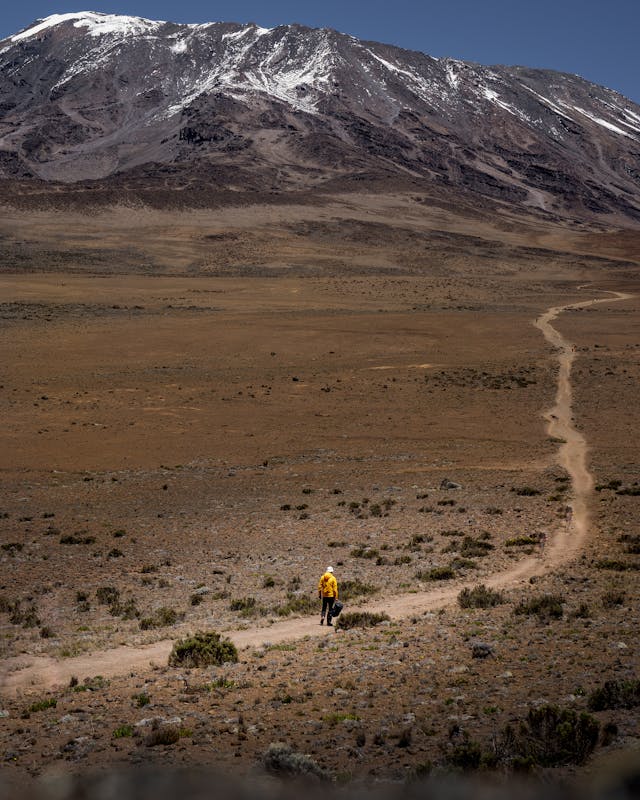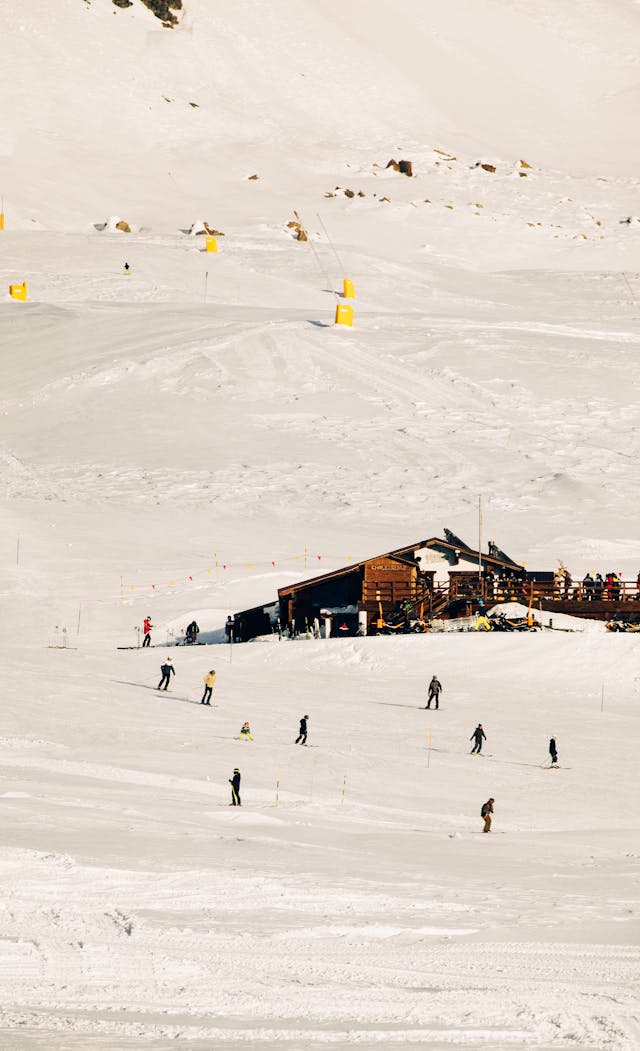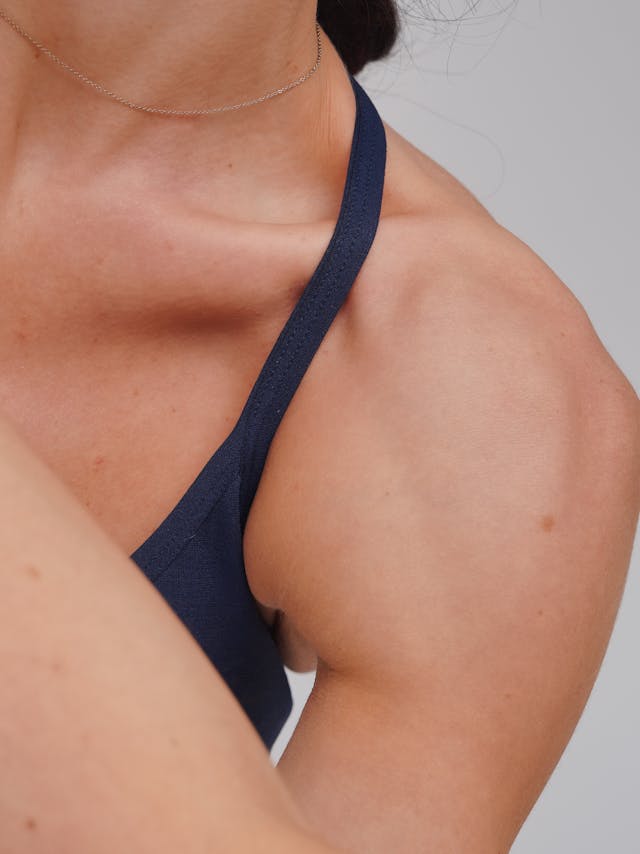Cycling Tips for Winter: Stay Warm and Safe on Your Rides
Winter cycling can be a thrilling way to stay active, but it comes with its own set of challenges. To enjoy your rides safely and comfortably, invest in proper gear, plan shorter routes, and pay attention to weather conditions.
Embracing winter cycling means equipping yourself with the right strategies to make the most out of every ride, regardless of the chill in the air.
As temperatures drop, the right clothing and accessories become essential for maintaining warmth and mobility.
You’ll find that layering with moisture-wicking materials will keep you comfortable while protecting you from the biting cold. Plus, knowing how to maintain your bike in wintery conditions will ensure you stay on the road and avoid unexpected breakdowns.
If you’re new to winter biking or looking to enhance your skills, this guide offers practical tips to help you brave the elements with confidence. Get ready to discover how to make winter cycling not just manageable, but enjoyable!
Understanding Winter Cycling Challenges
Winter cycling comes with unique challenges that require your attention and preparation. From frigid temperatures to reduced visibility, knowing how to navigate these issues will keep you safe and comfortable on your rides.
Navigating Cold Weather
Cycling in the cold can be invigorating, but it also demands proper gear. Dress in layers to regulate your body temperature effectively.
Start with a moisture-wicking base layer to keep sweat away from your skin.
A good insulating layer, like fleece, traps heat without adding bulk. Finally, opt for a windproof and waterproof outer layer to shield yourself against biting winds and snow.
Don’t forget your extremities. Invest in quality thermal gloves, a warm hat or helmet cover, and insulated shoe covers. These will help keep your hands, feet, and head warm during rides.
Handling Slippery Surfaces
When cycling on snow or ice, extra caution is essential. Use tires suited for winter conditions; studded tires can greatly enhance traction.
Before heading out, take a moment to assess the road conditions.
If you encounter ice, ride slowly and avoid sudden movements. Lean your bike slightly to maintain balance, and use your brakes gently to avoid skidding. Stay alert for patches of black ice, which can be nearly invisible.
Planning your route also helps. Choose paths that are likely to be cleared or salted. If the forecast is poor, consider postponing your ride for safety.
Ensuring Visibility in Dim Light
As daylight hours shrink in winter, staying visible is critical. Equip your bike with bright lights and reflective gear to stand out to motorists and pedestrians.
A front white light and a rear red light are essential.
Wear reflective clothing or accessories, such as vests, arm bands, or ankle straps, which enhance visibility without compromising your comfort.
Consider using lights that flash or pulse; they grab attention more effectively than steady lights. Always dress in lighter colors when possible, as they reflect more light and make you more noticeable during low-light conditions.
Choosing the Right Gear
Selecting the proper gear is essential for a comfortable and safe winter cycling experience. With the right bicycle, clothing, and accessories, you can enjoy your rides even in the coldest months. Here’s what you need to consider.
Winter-Appropriate Bicycles
For winter cycling, consider a bike designed to handle cold and wet conditions. Fat bikes are highly recommended due to their wide tires that provide better traction on snow and ice. They also offer stability, making them ideal for varied terrain.
If you’re riding on paved roads, a gravel bike can be a good alternative. It combines the features of road bikes and mountain bikes, making it versatile for different surfaces.
Ensure your bike is equipped with fenders to keep water and slush off your clothing. Additionally, consider using all-weather tires that provide good grip in icy conditions. Proper maintenance is crucial, so clean and lubricate your bike regularly to prevent rust and mechanical issues.
Cold-Weather Cycling Apparel
Dressing appropriately can make a big difference in your winter rides. Start with a moisture-wicking base layer to keep sweat away from your skin.
Look for long-sleeve tops and leggings made from materials like merino wool or synthetic fabrics.
Add an insulated mid-layer for warmth. Fleece jackets can offer excellent insulation while remaining breathable.
For the outer layer, choose a waterproof and windproof jacket. Make sure it has ventilation options so you can regulate your body temperature. Don’t forget about your extremities; invest in thermal gloves, hats, and socks to keep your hands, head, and feet warm, as these areas lose heat quickly.
Essential Accessories for Warmth and Protection
Accessories play a vital role in enhancing your winter cycling experience. Consider using bicycle-specific balaclavas or face masks to shield your face from biting winds.
Warm, waterproof gloves are essential, as your hands will be exposed to the cold air. Opt for gloves with good grip so you can maintain control of your handlebars.
Reflective gear is important for visibility during shorter daylight hours. Wearing reflective vests or bands can significantly increase your safety on the road.
Lastly, ensure you have lights on your bike—both front and rear. They improve your visibility to others and help you see better in low-light conditions.
Maintaining Your Bike in Winter Conditions
Keeping your bike in top shape during winter is crucial for safety and performance. Regular maintenance ensures that your ride remains smooth and reliable, minimizing issues that can arise from harsh weather conditions.
Regular Cleaning and Lubrication
Winter elements like salt, slush, and grime can build up on your bike, leading to corrosion and wear. After each ride, take time to rinse off your bike, especially the frame and components. Focus on areas where grime tends to accumulate, such as the chain, derailleur, and brakes.
Use a mild bike cleaner to gently scrub away dirt. After cleaning, dry everything thoroughly to prevent rust.
Lubricate the chain with a suitable winter lubricant designed to repel moisture. Apply it sparingly to ensure that dirt doesn’t accumulate. Regular cleaning and lubrication will keep your bike running smoothly throughout the season.
Tyre Checks and Pressure Adjustments
Proper tyre maintenance is vital during winter. Cold weather can affect tyre pressure, so check it regularly. Aim for pressure that suits your riding style and conditions; typically, this is lower than your summer settings for better grip.
Inspect your tyres for wear and consider switching to winter-specific tyres if you ride in heavy snow or ice. These tyres often feature deeper treads for better traction. Always ensure that there’s adequate tread; if it’s worn down, it’s time for a replacement.
Keeping your tyres in good condition helps enhance stability during winter rides.
Brake and Gear Performance Tuning
Reliable brakes and gears are essential for safe cycling in winter. Over time, wet conditions can affect their performance, so regular checks are key.
Start by inspecting brake pads for wear. They should have adequate thickness to ensure proper stopping power.
Adjust the brake cables if they feel loose, ensuring that brake response is immediate. For your gears, assess shifting performance; if it feels sluggish, it might need cable tension adjustments.
Lubricate the derailleur and chainrings to maintain smooth transitions. Keeping these components in check enhances your overall riding experience and safety during winter.
Riding Techniques for Winter
Adjusting your riding techniques is essential for safe and enjoyable winter cycling. Different conditions require specific approaches, especially when it comes to braking and cornering on icy roads or managing your energy levels.
Braking and Cornering on Icy Roads
Braking on ice demands a soft touch. Aim to apply your brakes gently to avoid skidding. Using both front and rear brakes can help maintain balance, but focus more on the rear brake for better stability.
When cornering, take it slow. Lean into the turn carefully, keeping your body centered over the bike.
Avoid sudden movements that can lead to loss of traction. Look ahead to find the best line through the corner, allowing a gradual transition.
Practicing these techniques in a safe area can build your confidence and skills. It’s all about smoothness and control. Remember to always check the conditions of the road ahead, as icy patches can appear unexpectedly.
Managing Your Effort and Energy
Winter rides can be tougher on your body, so it’s important to pace yourself. Start with shorter rides to get acclimated.
Gradually increase your distance as you become more comfortable with the colder temperatures.
Dress in layers to maintain warmth without overheating. Use breathable fabrics that wick moisture away from your skin, keeping you dry.
Adequate hydration is also key, even in the cold.
Be mindful of your energy expenditure. Since you’ll be exerting more effort on challenging surfaces, maintain a steady cadence. This will help you conserve energy and make your ride more enjoyable.
Always listen to your body and take breaks when needed to ensure a safe and pleasant ride.
Health and Safety Precautions
Taking the right health and safety precautions while cycling in winter is essential to ensure a safe and enjoyable experience. You should focus on preparing your body, staying nourished, and being aware of cold-related risks.
Pre-Ride Warmup Exercises
Before heading out, warm up your muscles to increase flexibility and reduce the risk of injury.
Perform dynamic stretches such as leg swings, arm circles, and torso twists. These exercises promote blood flow and prepare your body for the cold conditions.
Consider doing a short indoor routine including:
- High knees: 30 seconds
- Butt kicks: 30 seconds
- Lunges with a twist: 10 on each side
Doing these can enhance your performance and help you ride more comfortably. Don’t forget to pay special attention to your core, as a strong core will help maintain balance as you ride on slippery surfaces.
Nutrition and Hydration Strategies
Proper nutrition and hydration are crucial in cold weather.
Before your ride, eat a balanced meal rich in carbohydrates, proteins, and healthy fats. Foods like oatmeal, bananas, and nut butter can provide sustained energy.
During your ride, stay hydrated even if you don’t feel thirsty. Cold weather can mask dehydration.
Carry water in an insulated bottle, or consider a hydration pack. Plan for quick snacks like energy bars or dried fruit for longer rides, keeping your energy levels steady.
Hypothermia and Frostbite Awareness
Understanding the signs of hypothermia and frostbite can save your health. Hypothermia occurs when your body loses heat faster than it can produce it.
Symptoms include shivering, confusion, and fatigue. If you notice these, head indoors immediately.
Frostbite affects extremities, primarily fingers, toes, and ears. Symptoms include numbness, tingling, and skin turning red or pale.
To prevent it, dress in layers and choose moisture-wicking and insulated clothing. If you suspect frostbite, seek medical attention promptly.
By taking these health and safety precautions, you can enjoy winter cycling and keep risks to a minimum.
